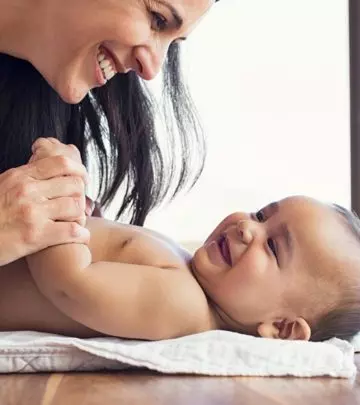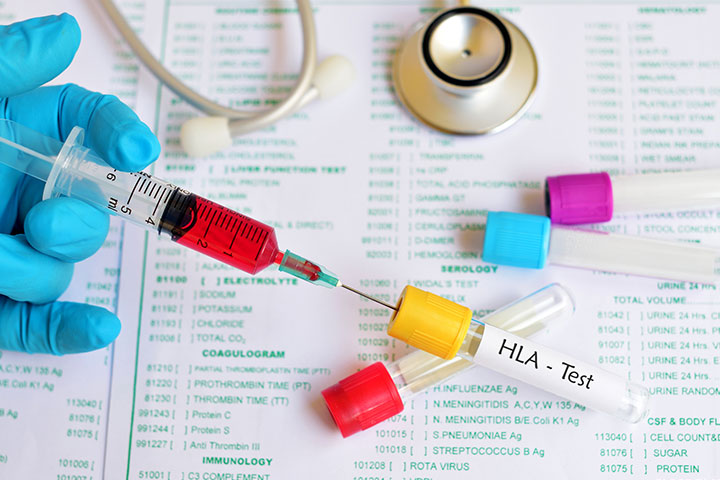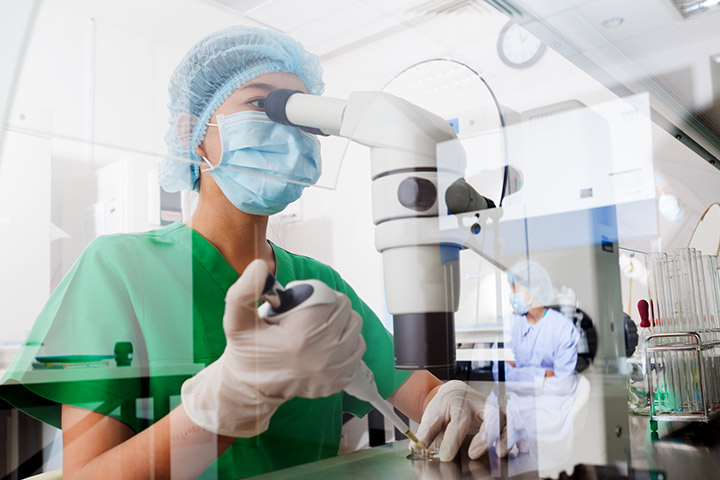
Image: iStock
The first time I came across the term ‘cord blood stem cell banking,’ I was 4 months pregnant with my son, Arnav. As a parent, there are several milestone decisions one has to make regarding the future of one’s child. And these days, determining what to do with your child’s cord blood and tissue when he or she arrives (Discard it? Store it? Donate it?) is increasingly becoming one of them.
You see, the umbilical cord has become quite a hot commodity. And for good reason. The cord contains blood and tissue that are a viable source of ‘stem cells’ – special cells that, once preserved, could be used to treat a myriad of diseases, such as several types of lymphoma, leukemia, anemia, and cancers (1). All of which are, admittedly, terrible and frightening conditions – the last thing any expectant parent in the midst of nursery shopping and baby name selection wants to imagine.
Which is why, I suppose, so many parents instinctively shy away from this matter. But I couldn’t simply dismiss the same and “take my chances,” as so many of our well-meaning friends advised my husband and me to. You see, I had a family history of lymphoma, colon cancer, and breast cancer. So, as difficult as it was, I had to make a choice. And I did. I chose to try and protect the future of my son, thus protecting the future of his future siblings, his father, myself, and even other family members.
Today, my beautiful baby boy is 1 year old. Mercifully, since Arnav was born perfectly healthy, he hasn’t required the stored cord blood or tissue so far. And neither has anybody else in our family. But I have no regrets about my decision from a year ago. In fact, even today, my husband and I consider it a wise investment. And here’s why:
1. Many Diseases Are Being Treated Or Cured With Stem Cells Today
When I was younger, ‘stem cells’ were an enigma to me. In my head, they were a plotline from a fantastic sci-fi movie, a distant future our generation could have no part of. But I was wrong. Today, these master cells of the body can be used to treat more than 80 medical conditions, including cancers (lymphoma, multiple myeloma, leukemia, etc.), bone marrow failure syndromes, blood disorders (thalassemia, sickle cell anemia, etc.), inherited metabolic disorders, genetic diseases, and immunological defects (2), (3), (4), (5).
In fact, these past 50 years, close to 1.3 million transplants have been performed across the world utilizing stem cells. And today, more than 50,000 are conducted every year. So, stem cell therapy isn’t a distant future anymore – it is our present!
2. Cord Blood Stem Cells Can Potentially Be Used By My Other Children
HLA (or human leukocyte antigens) are markers present on most of our body cells. They’re the body’s form of an identity card, which essentially allows our body’s security team (read: immune cells) to recognize which cells belong inside our body and which require to be destroyed. Hence, to qualify as a match for any type of stem cell transplant, one requires to be a ‘match’ to the donor cells, which isn’t easy by any means. If the transplant happens to be coming from a bone marrow donor, you require a perfect 6 out of 6 HLA match (6). Which is a reason why nearly 70% of patients in India haven’t found a matching stem cell donor yet (7).
However, in the case of stems cells derived from cord blood, only a 4 out of 6 HLA match is required. And since they’re my son’s own cells, this shouldn’t concern him as he will always be a perfect match to his cord blood. However, were you aware that in the case of a full sibling, there is a 1 in 4 odds of them also being a high-quality match?
That’s right! By choosing to invest in our son’s future, my husband and I have also serendipitously created a safeguard for our future children. Not only do they have the potential to receive a high-quality match through their brother (should they require it), but as compared to using one’s own cord blood stem cells, the ‘sibling transplant’ is a superior treatment for any possible genetic diseases (8).
3. Ongoing Stem Cell Research Is Unearthing Thrilling Future Uses
It’s a very exciting time in stem cell research. Besides the 80+ existing medical conditions already being treated or cured using stem cells, scientists are making encouraging progress in the use of stem cell therapy for treating conditions such as spinal cord injuries, heart disease, stroke, Alzheimer’s disease, HIV, diabetes, and scores of more conditions (9), (10), (11).
4. Cord Blood Stem Cells Have Safeguarded My Family’s Future
My son’s cord blood stem cells possess the ability to repair, regrow or heal diseased or damaged cells of not only his future siblings but also any other members of his family! However, private stem cell banking only provides protection to the baby donor and perhaps his siblings to a degree. Which is why we decided to go with LifeCell, India’s #1 stem cell bank, and the only community stem cell bank in the country that extends the protection of a child’s stem cells to his entire family, including his siblings, parents, and grandparents.
Once parents choose to preserve their baby’s cord blood stem cells with LifeCell, they automatically join the ‘community stem cell bank’ – a common pool of preserved cord blood stem cells that can be accessed by any members of the community when there is a transplant necessity for the baby, sibling, parents or even grandparents. And this is a wonderful option as less than 10% of disorders are actually treated using one’s own stem cells. Since in most cases the patient’s own stem cells will harbor the problem, more than 90% of disorders are actually treated using matching stems from a healthy donor (12).
Additionally, seeing as LifeCell happens to be India’s largest cord blood stem cell registry, it is projected that within 2 years LifeCell members will have a >90% chance of finding a 4/6 HLA match (13)!
The ingenuity of medicine can be overwhelming at times, trust me, I get it. But as parents, we are responsible for the health and future of those precious angels who are entrusted in our care. Hence, we have to make a choice. And I already did – I chose to provide my children, and our family, with the best odds they could get. So, what choice will you make?


















